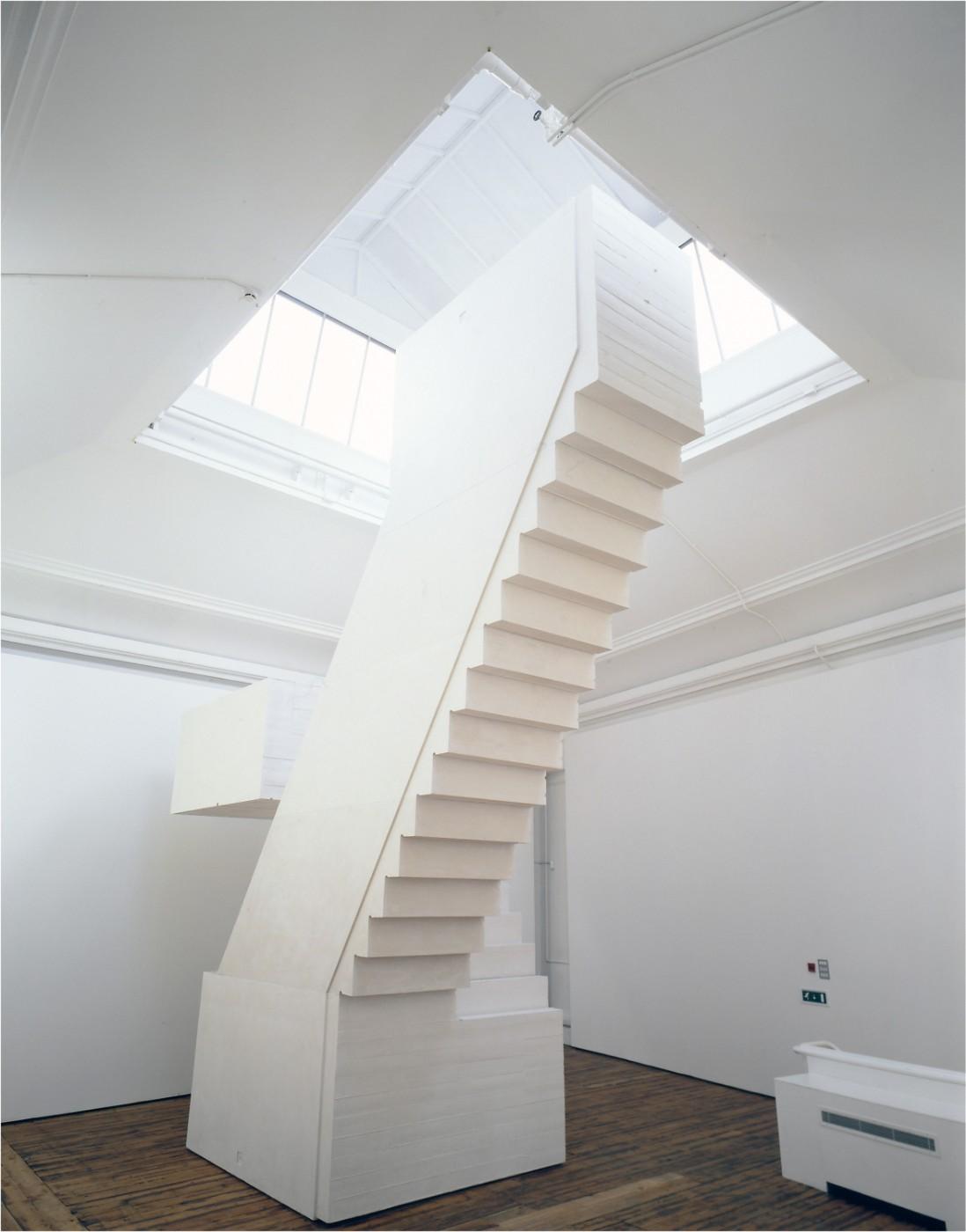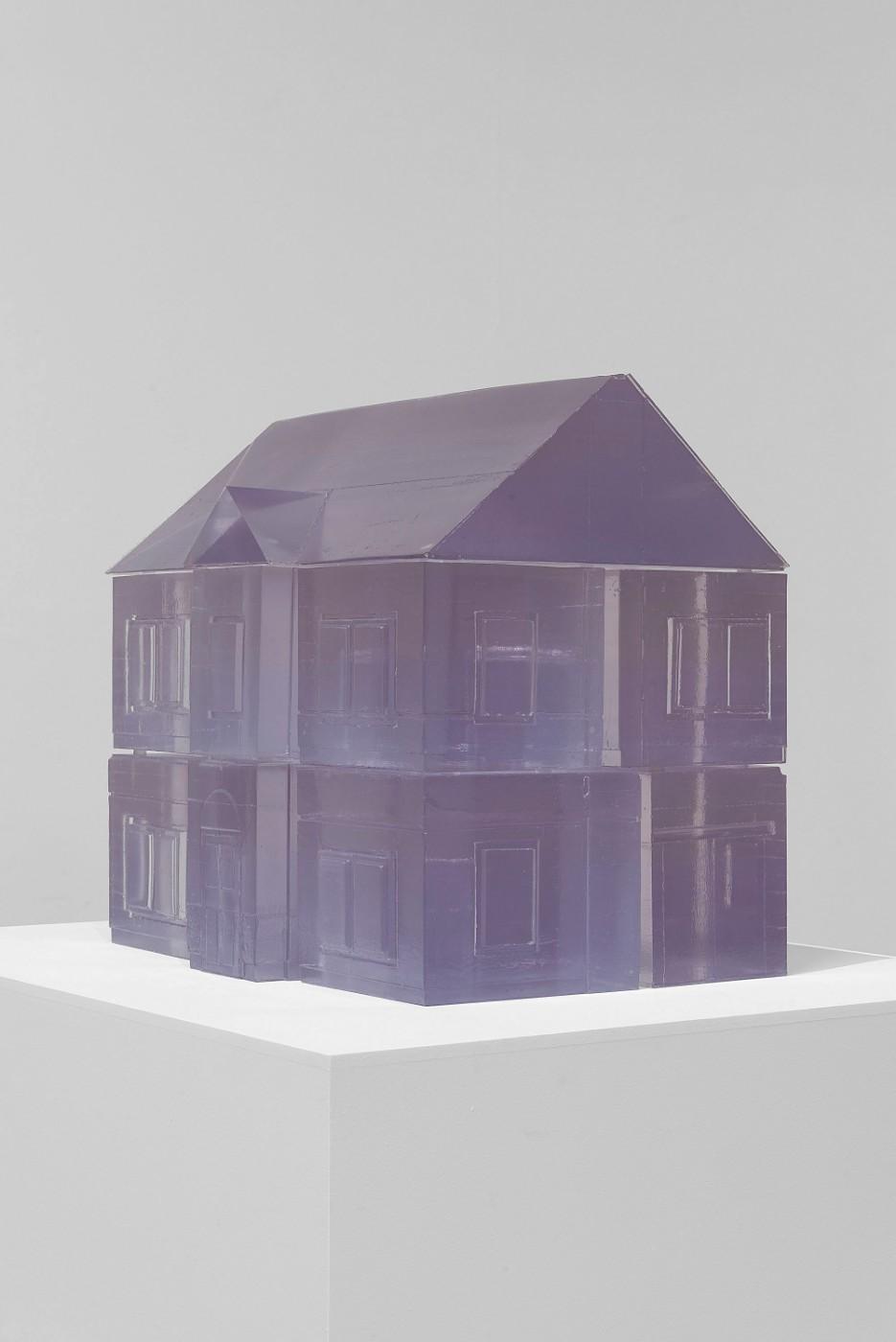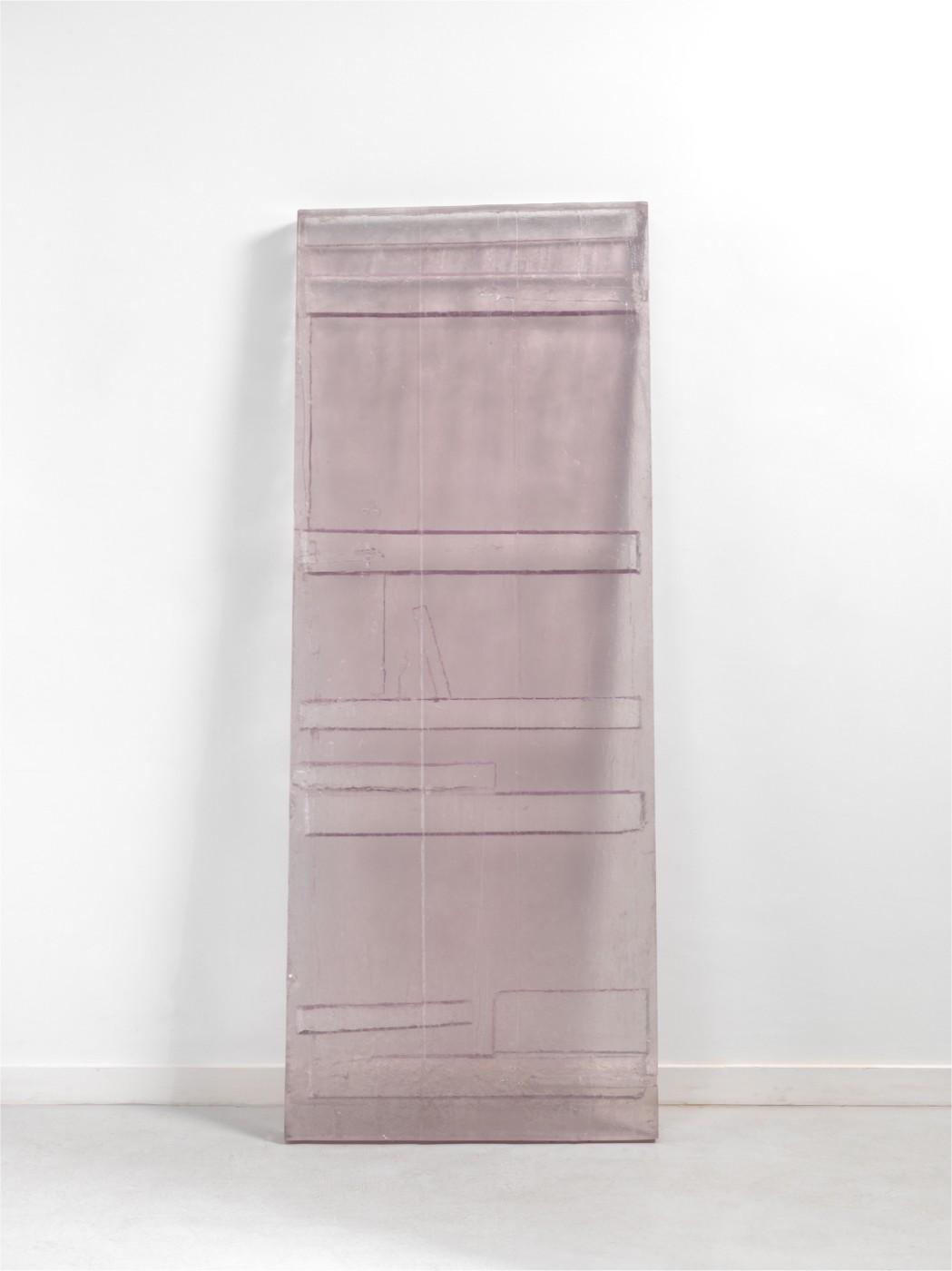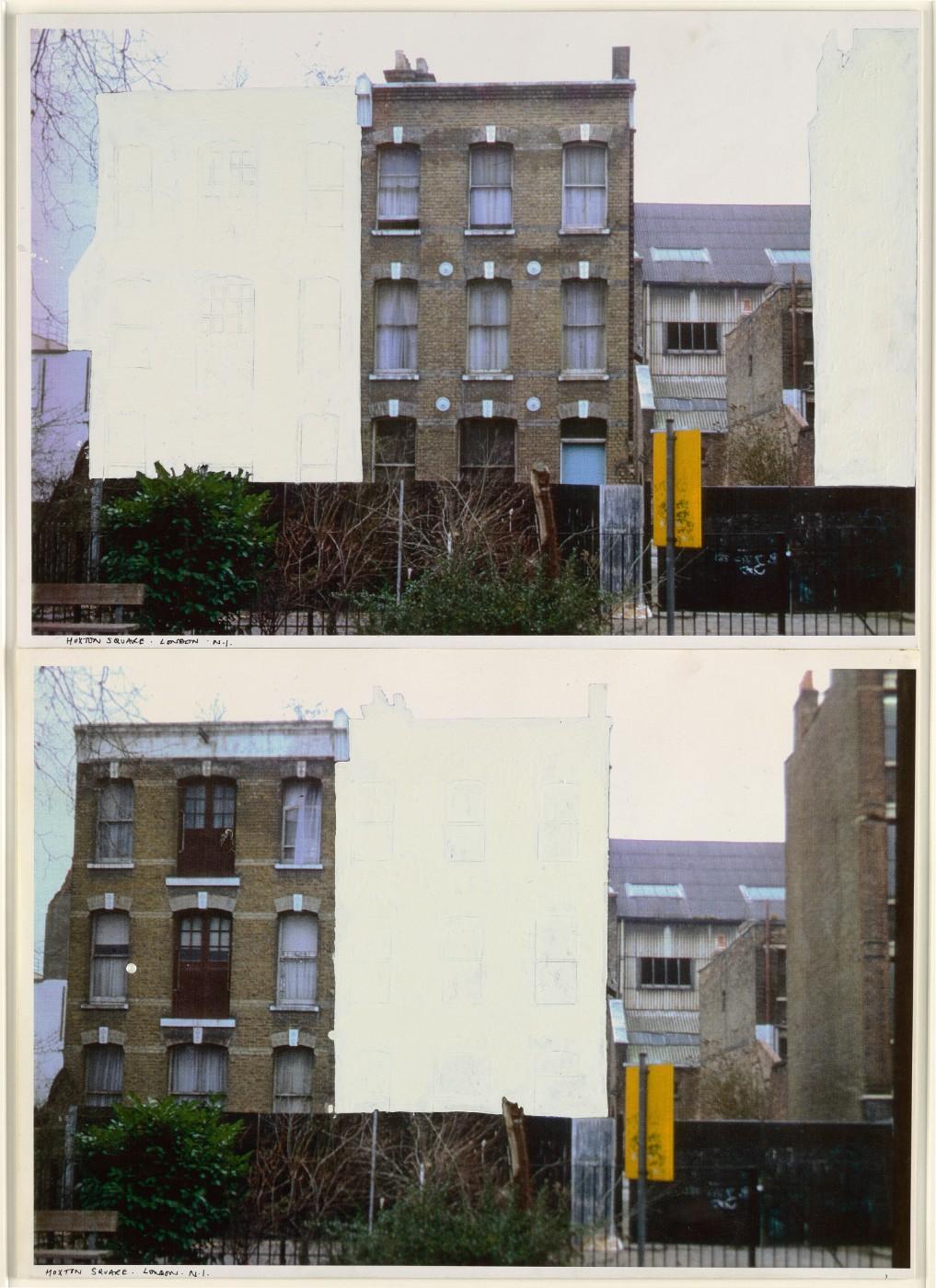Rachel Whiteread travels from the Tate in London, bringing a range of works that represent the full scope of her practice. The showing of the survey at the National Gallery is buoyed by the inclusion of their own Ghost (1990), one of Whiteread’s first monumental casts and a prized possession of the gallery. Before this piece, Whiteread had been casting the space around common domestic objects, like chairs, and the space underneath a bed, attempting to capture the air around the objects, and all the interactions and emotions their owners had had with them. For Ghost, Whiteread cast the entire interior of a room in plaster. The house was set to be demolished, and in creating the cast, Whiteread sought to preserve some of the memories connected to the home.
After Ghost, Whiteread moved on to larger objects, casting in concrete the interior of a Victorian home slated for demolition. The resulting sculpture, House (1993), won her the Tate’s Turner Prize, making her the first woman to do so. Whiteread has continued to explore the negative spaces around objects big and small, creating monuments to places and things we may take for granted.































![DEl Kathryn Barton [Australian b. 1972] the more than human love , 2025 Acrylic on French linen 78 3/4 x 137 3/4 inches 200 x 350 cm Framed dimensions: 79 7/8 x 139 inches 203 x 353 cm](/sites/default/files/styles/image_5_column/public/ab15211bartonthe-more-human-lovelg.jpg?itok=wW_Qrve3)